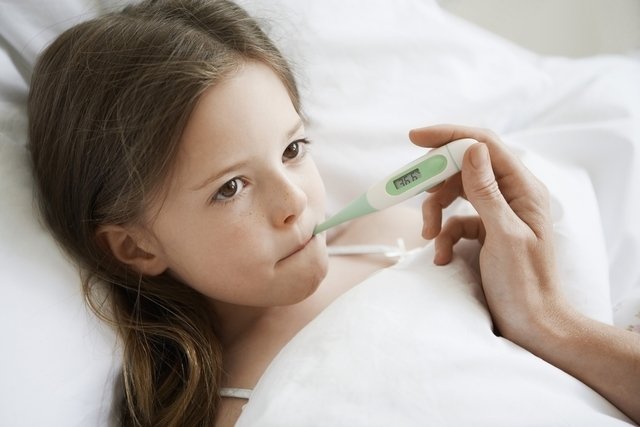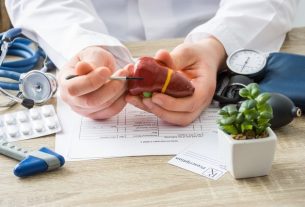Pneumonia in children is a lung infection caused by bacteria or viruses that can lead to the appearance of symptoms similar to those of the flu, but which worsen as the days go by and can cause rapid breathing and shortness of breath.
Generally, pneumonia can be treated without the need for hospitalization, however, when there is difficulty eating or excessive tiredness, it may be indicative of a more serious illness that needs to be treated in the hospital. In these cases, in addition to antibiotics or antivirals, oxygen and respiratory physiotherapy may be necessary.
If pneumonia is suspected in a child, it is important to consult a pediatrician for an evaluation. However, if symptoms such as shortness of breath and tiredness are present, it is recommended to seek emergency care.

Symptoms of pneumonia in children
Symptoms of pneumonia in children include:
- Fever above 38º;
- Cough with phlegm;
- Lack of appetite;
- Faster and shorter breathing, with nostrils opening;
- Effort to breathe with a lot of movement of the ribs;
- Easily tired, no desire to play.
It is important that the child is taken to the pediatrician as soon as signs and symptoms indicative of pneumonia are verified, as this means that treatment can be started soon after diagnosis and complications such as respiratory failure and cardiorespiratory arrest can be prevented, for example.
Main causes
Pneumonia in children is caused in most cases by viruses and appears as a complication of influenza, and may be associated with adenovirus, human syncytial virus, parainfluenza and influenza type A, B or C, in these cases being called viral pneumonia.
In addition to virus infection, the child can also develop bacterial pneumonia, which is caused by bacteria, which is in most cases related to Streptococcus pneumoniae, Klebsiella pneumoniae e Staphylococcus aureus.
How the diagnosis is made
The diagnosis of pneumonia in children is made by the pediatrician by evaluating the signs and symptoms presented by the child and the respiratory rate, in addition to normally recommending a chest X-ray to check the degree of lung involvement. In addition, the doctor may recommend carrying out microbiological tests to identify the infectious agent related to pneumonia.
Treatment of pneumonia in children
The treatment of pneumonia in children may vary according to the infectious agent responsible for the pneumonia, and the use of antivirals or antibiotics, such as Amoxicillin or Azithromycin, for example, may be indicated, depending on the microorganism and the child’s weight.
Additionally, some precautions for childhood pneumonia that help with treatment include:
- Nebulize according to your doctor’s instructions;
- Maintain a good diet with fruits;
- Offer milk and water in sufficient quantity;
- Maintain rest and avoid public spaces, such as daycare or school;
- Dress the child according to the season;
- Avoid drafts during and after bathing.
Admission to the hospital is reserved for the most serious cases in which it is necessary to undergo physiotherapy for childhood pneumonia, receive oxygen or intravenous antibiotics. Understand how pneumonia should be treated in children.
Bibliography
- STATPEARLS. Pediatric Pneumonia. 2022. Available at: <https://www.ncbi.nlm.nih.gov/books/NBK536940/>. Accessed on Jul 26, 2022

Sign up for our newsletter and stay up to date with exclusive news
that can transform your routine!
Warning: Undefined array key "title" in /home/storelat/public_html/wp-content/plugins/link-whisper-premium/templates/frontend/related-posts.php on line 12
Warning: Undefined array key "title_tag" in /home/storelat/public_html/wp-content/plugins/link-whisper-premium/templates/frontend/related-posts.php on line 13




